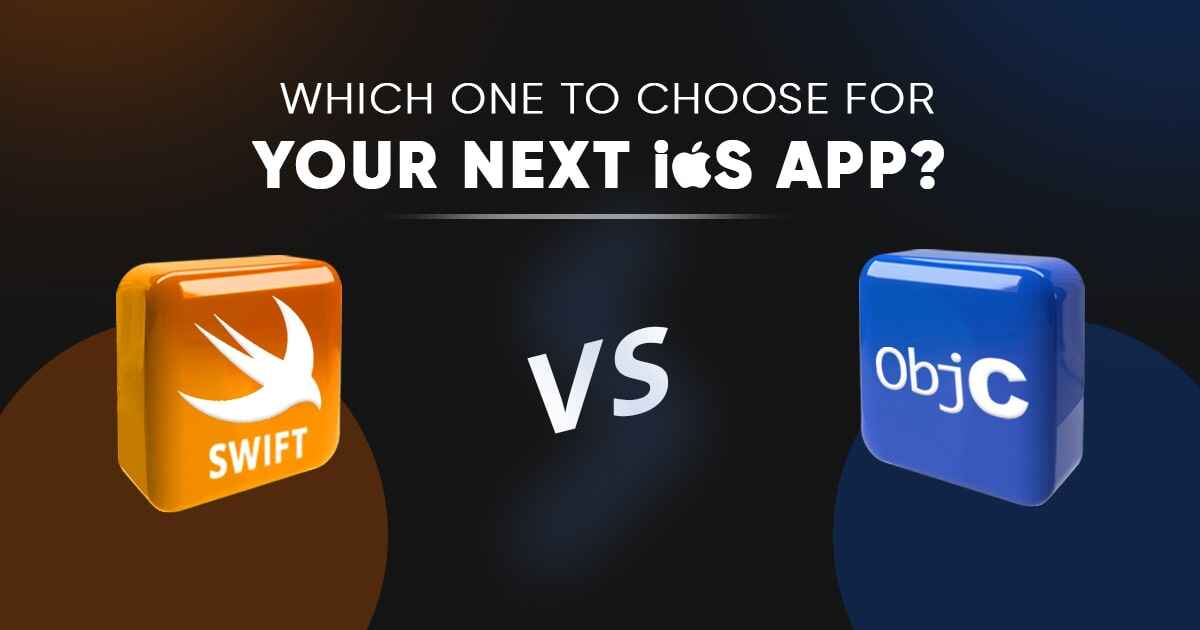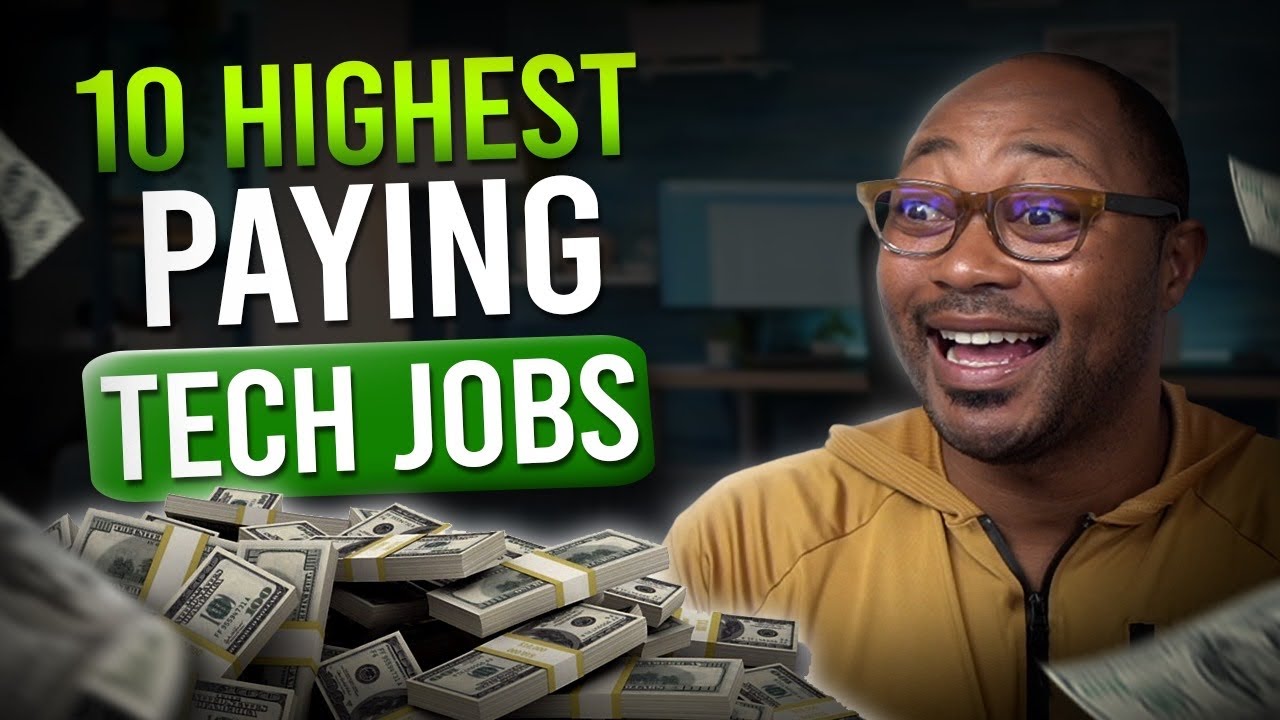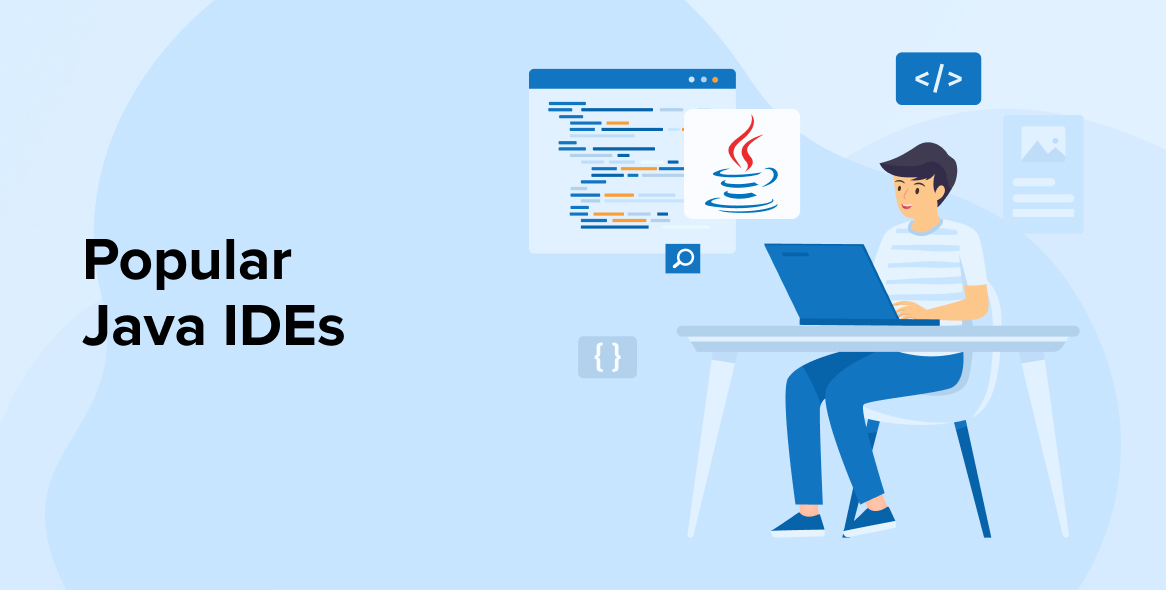How can some companies soar dramatically into market prominence in the face of giant competitors who seem to have all corners of the market covered? The answer is by adopting innovative approach to doing business and rewriting the rules of the game to suit their own strengths and upset the competitive balance in the industry.
In 1972 Texas Instruments, building on new solid-state technology it had developed as a supplier of semiconductor chips to manufacturers such as Canon and Bowmar Instruments, introduced its first low-priced, hand-held calculators to the consumer market. Competition heated up quickly as a flock of desktop calculator manufacturers such as HP, Casio, Commodore, Sanyo and Toshiba - and semiconductor producers such as Rockwell and Litronix scrambled for shares of the personal calculator market. By 1977 personal calculators had eclipsed desk calculators as the sales leader.
The competitive carnage had been awesome. Bowmar, which had held 50 percent of the consumer calculator market fiver years earlier, had abandoned the calculator field; so had Rockwell and Litronix. Hewlett-Packard had retrenched into the high-priced scientific segment of the market; Commodore had switched its market emphasis to Europe; Sanyo and Toshiba had retreated to the desktop market. Three major producers controlled 60 percent of the market - and Texas Instruments, a newcomer five years earlier, had the biggest share of all.
Texas Instruments (TI) triumphed by using its new technology to bring calculator prices down within the reach of a much broader consumer population and by adopting, at the same time, a totally different design and distribution philosophy. It boldly invaded an unfamiliar market and proceeded to play by a different set of rules. To do so, TI management had to stake substantial resources for a considerable period of time. Fortunately, it stayed with the bet.
Consider another example. In 1975, Savin Business Machines Corporation, with $63 million in revenues, was a minor factor in the US office copier market - dominated by giant Xerox, with domestic copier revenues approaching $2 billion. Four out of give plain paper copies (PPCs) in use in the United States bore the Xerox name. In November 1975, after five years and $13 million of R&D, Savin and its Japanese partner Ricoh brought to market a PPC aimed at the low end of the market - that is, customers for low and medium spend machines (those producing fewer than 40 copies per minute). The copier used a liquid toner technology that had previously been avoided by the industry owing to its uneven copy quality.
Tow years later Savin's revenues were running at over $200 million annually, and the company accounted for 40 percent of all new units installed (excluding replacements) in the low-end PPC market in the United States. Meanwhile Xerox, which in 1974 had accounted for more than half of the low-end market, saw its share shrink to 10 percent in 1978.
Like TI, Savin had defied the accepted rules of the competitive game. By combining a different technology with different manufacturing, distribution and service approaches, it had been able to offer business customers - at some sacrifice in copy quality - a much cheaper machine than any other available at the time. The option of installing several cheaper machines in key office locations in lieu of a single large, costly, centrally-located unit proved attractive to many large customers, and their response confirmed the appeal of Savin's concept to the more time and efficiency-conscious segment of the market.
Rewriting the rules
The stunning successes of Savin and TI contrast sharply with the temporary gains in market share frequently won through niche strategies or conventional market segmentation schemes. Both the companies threw off the constraints imposed by preconceived notions of the nature of the market and the way business is done. Both rewrote the rules in such a way as to capitalize on their unique strengths and catch competitors off guard. Both found ways to protect the advantage they had secured by surprise. As a result, new markets emerged, the key factors for success in their industries changed, and previous market leaders were turned into also-rans.
Texas Instruments and Savin refused, in effect, to play the game according to the prevailing rules. Instead, they chose to radically increase their chances of winning by redefining the game. The approach is not new; military strategists have used it for centuries and many corporate success stories can be read as variations on the same scheme. But, partly because of its inherent risks, it is not often consciously and purposefully pursued in business.
The companies that take the unconventional approach to strategy are notable for their obsessive concern with competition. But rather than striving for a marginal competitive edge through incremental improvements in financial performance or product values, they aim to win - or at least to gain a commanding advantage - through the innovative competitive moves that we shall call new-game strategies. As we see, they keep a close watch on the business environment for early clues to important strategic opportunities. To exploit those opportunities, they are prepared to experiment with radically new ways of doing things at every stage of the business process, from raw material s sourcing to customer service.
The successful new-game strategist measures every strategic move by its impact on his relative competitive position. He knows that the first rule for gaining or sustaining an advantage over the competition is to control the conditions of the game. He understands that the deployment of his forces is often more decisive than their strength. So, rather than waiting for the battle to come to him, he aims to choose the field and determine the manner and timing of the conflict. Continually weighing his company's strengths, vulnerabilities, and resources against the competition, he is prepared to decide:
- Where to compete
- How to compete
- When to compete
New-game strategies often create new segments that no competitor had previously been able to reach effectively.
It is all very well, of course, to urge the merits of innovative strategies or to dissect strategic successes after the event. The real question remains: How do the innovative marketers hit on their strategic masterstrokes? Creative thinking cannot, by definition, be reduced to a formula. The thinking behind new-game strategies is a quest for new combinations. It is intuitive and opportunistic. It searches ways to influence the environment, redefine the boundaries of the market, or reshape market behavior to fit the company's strengths.
In pursuit of opportunities to gain a sustainable advantage, the new-game strategist not only studies his customers and competitors in depth, but thoughtfully analyzes two further sets of variables: the business system and the business environment. The business system comprises the sequence of steps by which companies in a given business produce their goods or services and get them to the customer. The business environment comprises of suppliers, customers, competitors, governmental forces, economic, social and international conditions.
Because new-game strategists aim to change accepted ways of doing business, they are not responsive to market demands in any conventional sense. Customers can scarcely articulate a demand for new options before being presented with them, particularly when radically new ideas or technologies are involved. Rather than trying to meet the customer's articulated needs, therefore, the genuine, new-game strategy seeks to make the market an offer it can't refuse.
It is not surprising, then, that successful new-game strategists are rare.To upset the competitive balance and rewrite the rules of the game for an industry calls not only for exceptionally imaginative entrepreneurial thinking but for uncommonly strong and sustained commitment. Inevitably, both must start with a strong lead from the top.
Note: This article was published in ISB management study material by Roberto Buaron.




